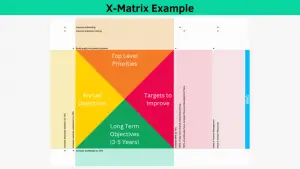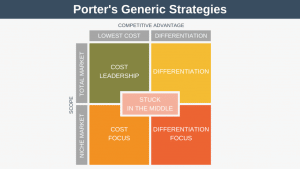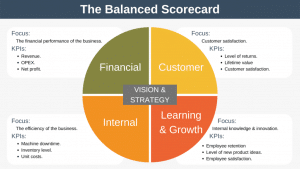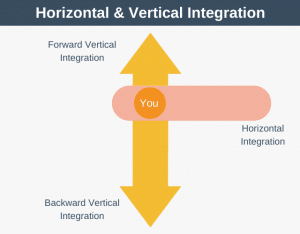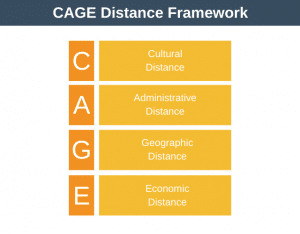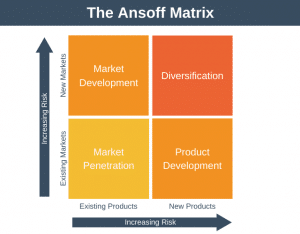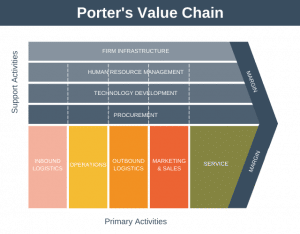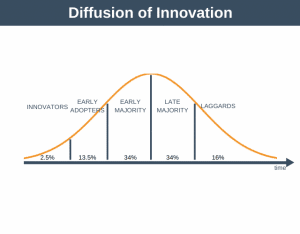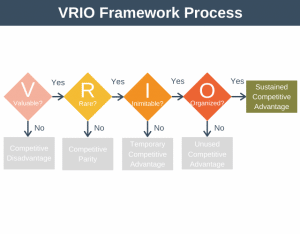One business model which has become increasingly popular since the advent of the Internet is the freemium model. In this article we’ll examine what this model is and investigate how turning freemium on its head gives us the traditional insurance model.
What is Freemium?
The freemium business model can be simply defined as one in which a major customer segment of a business is able to benefit from a free-of-charge product or service. The fact that some customers are charged $0 means that other users must subsidise the free users. What’s interesting about the freemium business model though is customers paying nothing to use the product or service are actually central to the business model, rather than incidental.
Freemium Examples
Don’t worry if the above definition seems abstract, once you’ve gone through the following examples the freemium model should make perfect sense:
1. Google
Google provides free search for anyone with access to the internet. That’s a huge segment. Advertisers pay to advertise on Google when users make a related search. The advertiser only pays when a user clicks the advertiser’s link and visits the advertiser’s site.
Thus, Google makes money when a Google user performs a search and clicks an advertiser’s link. On all other searches Google makes no money. The most likely searches for Google to make money on are those that involve a product search (that is, they have purchasing intent), such as “cheap food processor”. Thus, from Google’s perspective you can think of all non-product searches as being loss-leaders. These loss leaders are crucial to Google’s business however, as they need to be the go-to place for everyone to perform search or else they run the risk to being sidelined and missing revenue opportunities when they do arise.
2. Skype
Who would have thought that Skype has the same business model pattern as Google? But it does. Skype offers free Internet and Video calling. Over 90% of Skype’s customer base use Skype in this way. Skype only charges when users want to make phone calls to fixed-line or mobile devices. It is able to offer this service cheaply as it has a completely different cost-structure to other telecom companies.
It is these 10% of users who pay to call phones that subsidise the other 90% of users. Just like Google, the 90% of users are vital to the future of the business – Skype hopes that when once of these users thinks of calling a phone that it will be a natural extension of their current behavior to use Skype and one of their cheap call plans.
Insurance = Freemium Inside Out
As described above, the freemium model works by having a small group of paying customers subsidising a large group of non-paying customers. The insurance business model is exactly the opposite. Here a large group of paying customers subsidize the small group of customers that actually make accident claims. Most customers take out insurance to offset risk. They only actually become a member of the beneficiary group if they have an accident and make a claim.
* Image by klavr

